Even use the interval timer feature on your Nikon? Easy to set with normal shutter speeds, but at speeds between 15 and 30 seconds things don’t work as expected. Part of the problem lies in Nikon’s definition of the “interval” between shots. One might expect this to be the time between one frame and the next, the shortest option being one second. If you wanted to shoot several 30 second frames, at one second apart, the most logical sequence would be 30 seconds exposure, one second interval, 30 seconds exposure, one second interval, etc. Nope, it doesn’t work that way. In Nikon-speak the “interval” is the time from the start of one frame until the start of the next, so you need to add that one second to the sequence. 30 seconds exposure, 31 seconds interval, 30 seconds exposure, 31 seconds interval, etc. Try this, and to your surprise this timer thing still won’t work right.
The problem here is that while the marked shutter speed might say 30 seconds, it’s really slightly longer at 32 seconds. How come? Well, shutter speeds on a camera are in stop increments, doubles and halves (the definition of a full “stop,” twice as much or half as much). But ever notice that the numbers don’t work out that way? 1 second, ½ second, ¼ second, 1/8, 1/15, 1/30…hey, that really should be 1/16 sec., 1/32 sec., 1/64 second, etc. OK, no big deal going that direction. But go the other way and count off seconds. 1 sec, 2, 4, 8, 16, 32…even though the camera says 15 and 30. Set your camera at 15 seconds, and the minimum “interval” is 17 seconds (16 + 1). At 30 seconds the minimum “interval” is 33 seconds (32 + 1).
To be honest I rarely use the interval timer. When I want a sequence of long exposures I normally use a Nikon MC-36, a timer cable release, which allows me to set shutter speeds over 30 seconds along with the number of frames to be taken, with the camera on “bulb.” Just remember that the needed “interval” is in Nikon-speak.

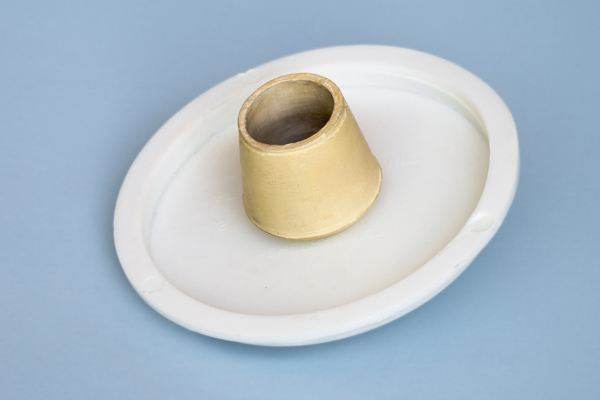
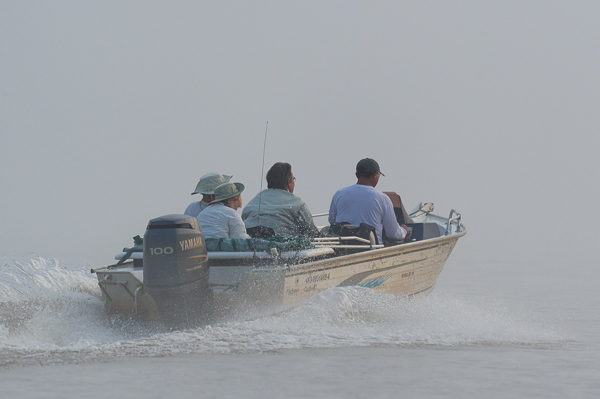
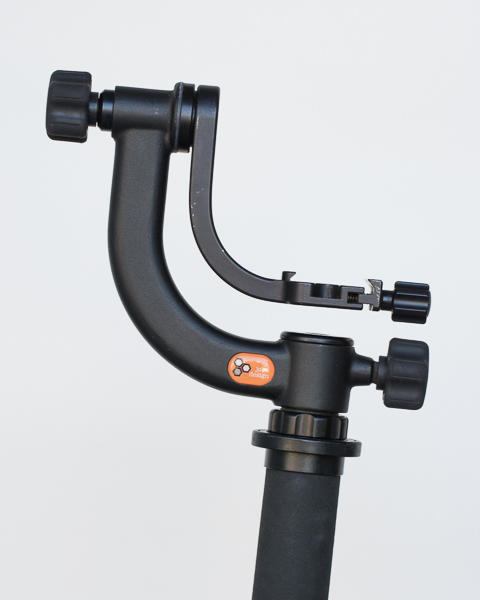

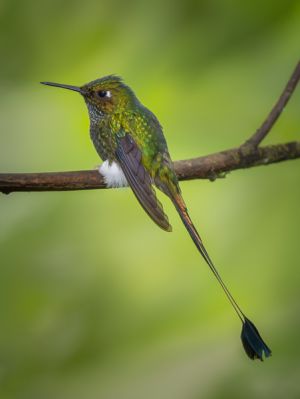

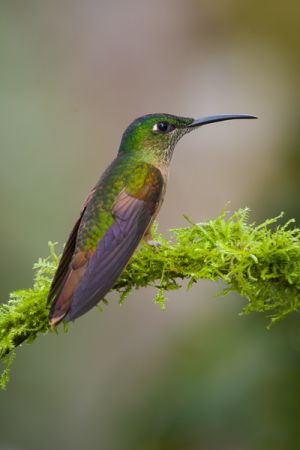
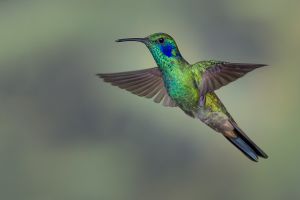



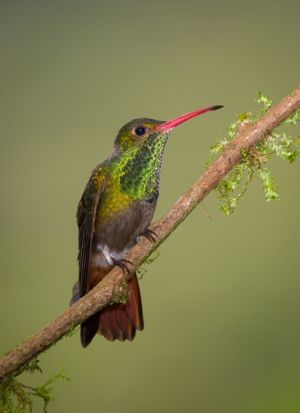


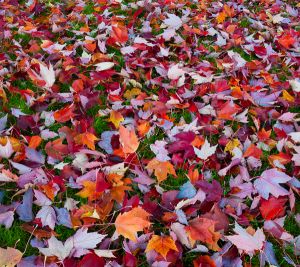
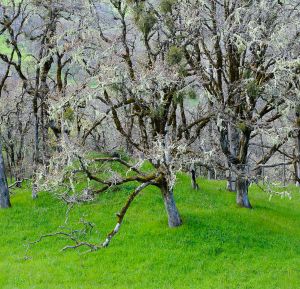
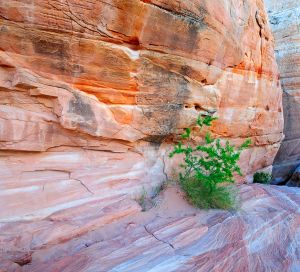
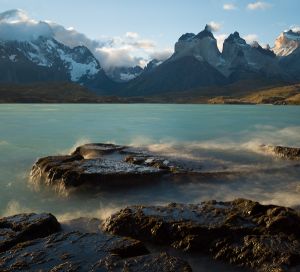
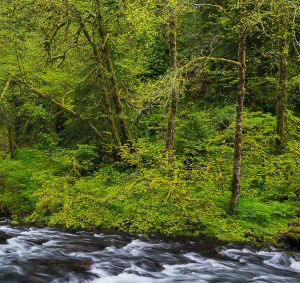

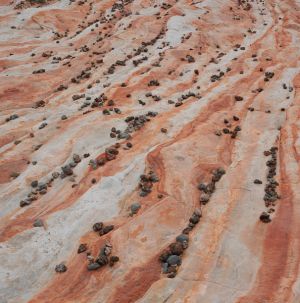
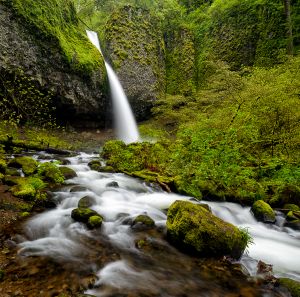
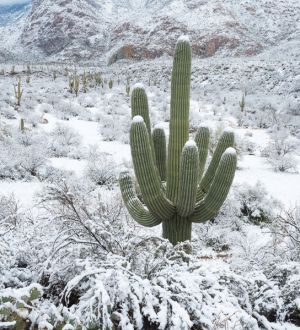
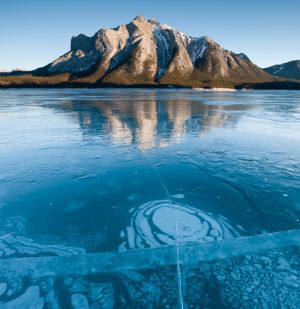
Scanner Part Two
I’m rather shocked that my previous scanner post has generated so many emails (42 have landed in my mailbox so far). To answer everyone at once:
As far as I know, there are almost no dedicated 35mm film scanners currently made, but then I have no reason to keep up on the scanner market. I’m not looking for a new scanner, and I don’t pay attention to what is out there. I bought my Nikon Coolscan 4000 back in 2001, and it still works just fine for my purposes. If for some reason I need a higher res digital file from a transparency, I ship the film out to have a drum scan made. And no, I don’ t want to sell my Nikon scanner.
I’m not in the market for different scanner software. Yes, I know about SilverFast and VueScan, but I see no reason to purchase additional software when I’m satisfied with the results I get with NikonScan. This is especially true since I make very few scans per year.
I’m not scanning my entire film archive, nor do I have any intention of doing so. I only make a scan, or send out for one, when I have a very specific need (which is not nearly as often as you might expect). Indeed, why would I even want to scan all my old transparencies? Assume that I have 200,000 images (not such a big number, since I’ve been photographing professionally for almost 45 years now!). Total time it takes to make one scan (pull image, remove dust, make scan, replace film, enter resulting digital file into database with caption info, etc.): about two minutes under the very best of conditions (not including any Photoshop time needed on the resulting file). OK, 200,000 images @ 2 minutes/image = 400,000 minutes, or just over 833 days straight, working 8 hours per day with no breaks. No thanks.
And…I actually already have thumbnail images of all my slides. The slide itself is a thumbnail. Hold up the slide, look at it.